Quick summary on when to go
Do you want to see everything in the best weather possible for the cost of more tourists and higher prices? Go in July, August or first half of September.
Do you want to see most of the places with fewer tourists and you don’t care much about highlands? Go in the second half of April, in May, June or second half of September.
Do you want to see Iceland covered in snow with northern lights and little tourists? You don’t care about cold weather and not seeing Highlands? Go anytime from October to March.
Weather seasons in Iceland
There’s no perfect period. Period 🙂 You should choose one according to your priorities.
Some argue that the best time to go is June – not so many tourists, the weather gets warmer, BUT most of the F-roads are usually still closed.
Some argue that the best time to go is September – tourists start to disappear, weather is still fine, F-roads should be open. BUT weather tends to deteriorate quickly and the same applies to F-roads – you are leaving accessibility of beautiful places more to a chance.

Picturesque sunset at Þingeyri campsite
Weather-wise you may choose from the 3 basic options for your trip:
1. Full season (15th June – 15th September)
➕ F-roads open (more into July/August)
➕ Warmest
➕ All beautiful places accessible
➖ Most touristy
➖ Highest prices
➖ No northern lights
2. Shoulder season (April – 15th June, 15th September – October)
➕ much fewer tourists
➕ best prices
❔ some F-roads may be open, most closed
❔ chance to see northern lights (April, May, October)
➖ several beautiful places may be inaccessible
➖ much colder weather (especially outside June/July)
3. Winter season (November – March)
➕ less tourists
➕ northern lights
➕ good prices
➖ F-roads closed
➖ Cold and Windy as in… Iceland
➖ many beautiful places inaccessible
When did we go and why
We decided to travel from 1st of August until the 13th of August. The weather was supposed to be the best (or in Iceland better said – the least bad). Days were supposed to be long. Last but not least, due to Covid-19 still harming a big part of the world significantly it was also supposed to be less touristy than usually. All of these were true in reality. And most importantly – all of the F-roads should be accessible.
We were lucky with the weather, having only 2-3 rainy days, and even during these days, the rain was only mild, not heavy. We had some 2-3 nights with really heavy rain, (one resulting in our tent getting wet due to our mistake), which is still better than a heavy rain throughout the day. Rest of the days were cloudy or sunny or a combination of those, which was just perfect. I’ve created several backup plans in case of bad weather (i.e. heavy rain or heavy fog) but luckily, I didn’t have to trigger any of these.
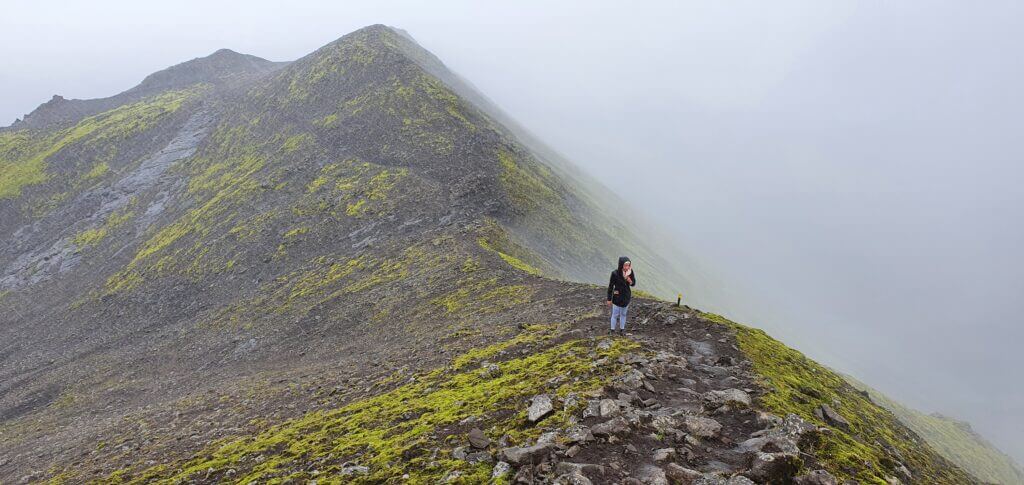
The upper part of the hike on Sveinstindur near Langisjor lake on a foggy day with slight rain
What to be prepared for in summer
The rule of thumb for Iceland is simple. Weather can be ANY. Cold. Sunny. Windy. Rainy. Foggy. Clear. Cloudy. Snowing. Yes, in summer. We had many nice days, but, when it rained, it rained A LOT. We both had waterproof clothes which were wet anyway after more than 30 minutes of Icelandic rain, so be prepared for this. Either buy a really, really high-quality waterproof stuff (and even then trips under heavy rain aren’t very comfortable) or adjust your plans accordingly. To help you with that, for each place of interest mentioned in this blog I noted whether the experience is worth visiting even when the weather is bad or whether I recommend waiting for better weather to enjoy it to the fullest.
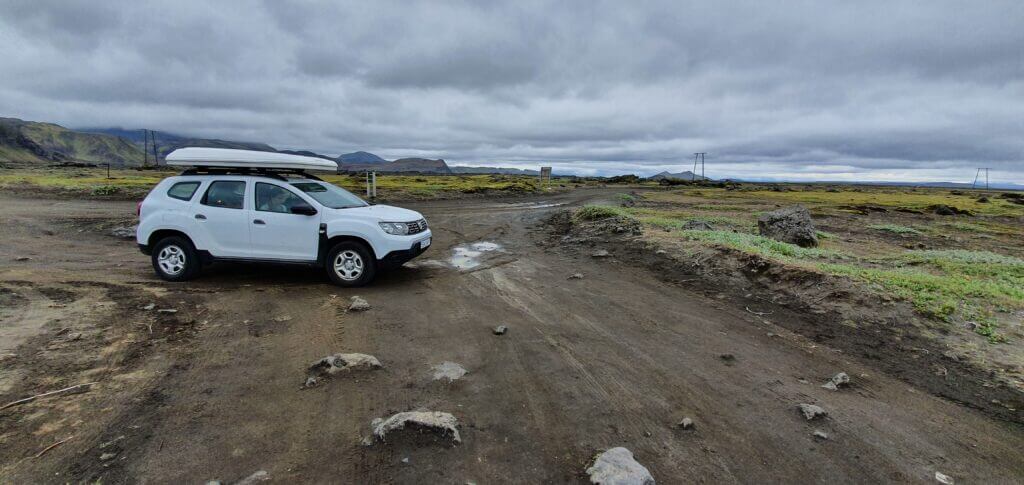
F208 road from Landmannalaugar towards F26 on a cloudy day
Next thing to be prepared for is the cold weather. Iceland is a cold country. During nights temperature occasionally reached 4-5°C even in August and in mountain areas it even slipped below 0°C, so be prepared for that! No thin and cheap sleeping bags or tents. Temperatures are supposed to peak at the turn of July and August (you may look it up on many sites like this one) and the sooner (or the later) you go, they will only be lower.
The same applies for a rainfall, just the through is in June and the sooner or the later you go it will only increase. The next big advantage of a summer visit is long days. Both when going to sleep at around 11 pm and when waking up at around 6 am we still had daylight on (although in the evening it was a bit darker but still the visibility was OK). This may be very important, because you can arrive at your sights of interest even in the evening and still experience all of their beauty, maybe even all by yourself.

Kirkjufell in Snæfellsnes peninsula on a rainy day
When to go? It’s all about the balance
Choosing a time to visit Iceland is all about balance. Everybody knows the weather patterns, so logically, the biggest number of tourists come when the weather is the best (from June to August). At the end of the day, it’s up to you to find a balance between a potential number of tourists and favourable weather. Our situation was slightly different due to Covid-19 changing the situation with tourism in the summer of 2020, so we were lucky to see the island in the high season with a reasonable number of tourists.

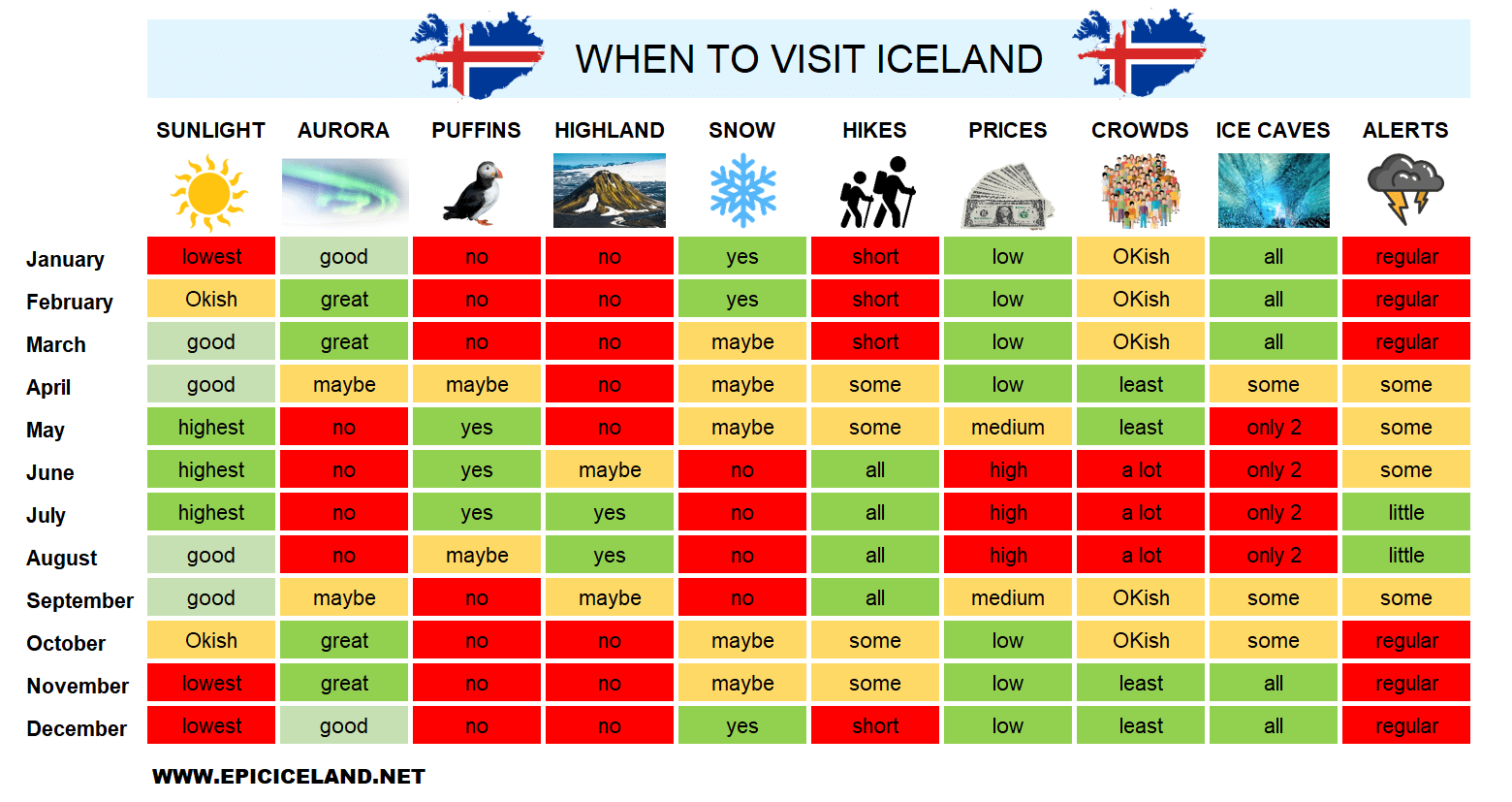
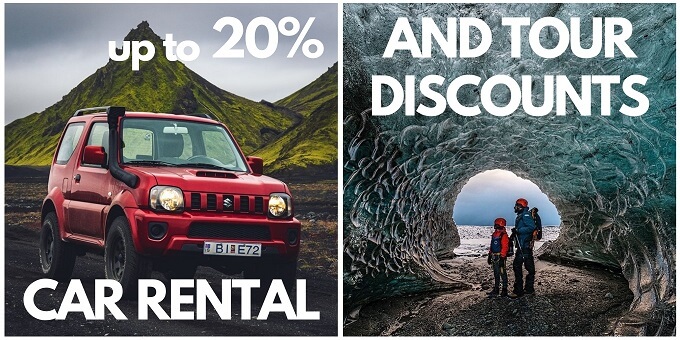
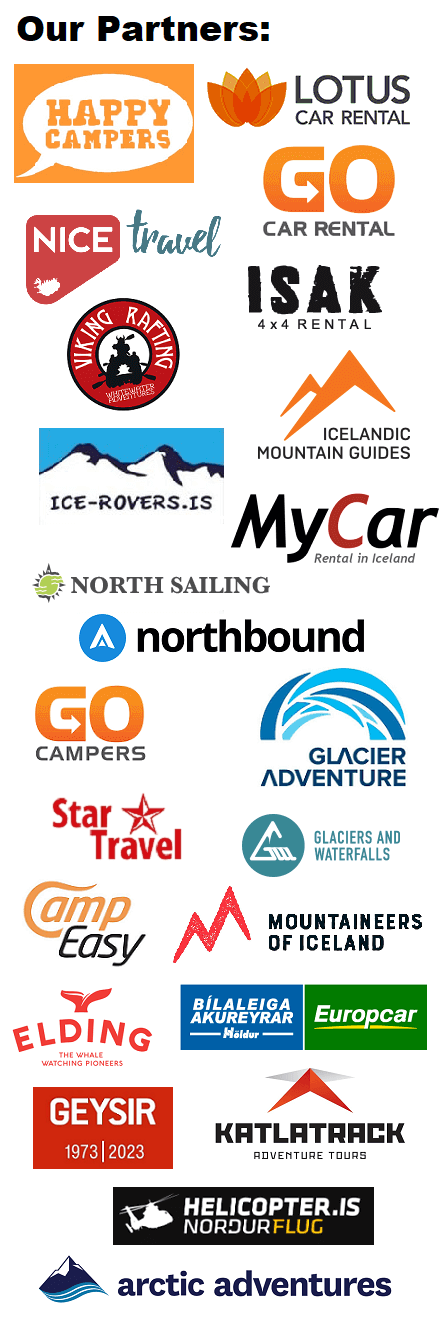

Thanks for the great information!
I‘m wondering if sleeping several nights in rooftent is an option in shoulder season. Do you have insights?
Hi Nik, thank you 🙂
We don’t recommend rooftop tent outside of June/July/August/September. It can get cold, rainy and windy and rooftent would be pretty uncomfortable. If you are used to sleeping in tents in arctic conditions, then maybe (but even then probably a normal tent would be a bit safer due to winds). Sometimes it’s possible also in May but it really depends on weather.
Hello, thanks for the great information!
We are planning to visit Iceland between 20 June 2023 till mid July with our car (Lexus GX470) and we want to visit most of the F-roads and to sleep in the car. Do you think that this is possible? Is there a place at the F-roads, where we can park the car and sleep in it or we need to be in camping?
Hi and thank you! A few notes:
1. Lexus GX470 (if unmodified) is considered a medium-sized 4×4 car. You will be able to drive many of the F-roads, but not all of them. Check carefully https://epiciceland.net/list-f-roads-iceland/ for some roads you need a bigger car – super jeep with snorkel
2. Some F-roads may still be closed at that time. Many open at the beginning of July – see F-roads opening dates here
3. You can stay overnight only at campsites. There are some highlands campsites like Landmannalaugar, Nyidalur or Langisjor: https://www.fi.is/en/mountain-huts/all-mountain-huts
Great information. Our upcoming trip starts on 28th May and finishes on 3rd June (school holiday in England hence no choice). Do you think we should prepare for shoulder season or summer?
I went for Lotus car rental. Plan is Reykjavik -> Golden Circle -> Hella -> Seljalandsfoss Skógafoss and Black Sand Beach Reynisfjara Vik -> Jokulsarlon and Diamond beach. Went for platinum insurance. But seems they don’t offer any breakdown / tow insurance. Any suggestion?
Hi Arindam and thank you!
End of May / beginning of June is something in between shoulder season and full season, see crowds chart here.
If you took platinum insurance with Lotus, the breakdown is fully insured. Also towing costs are covered, there’s just a $250 deductible in case a towing even occurs, which is really low, given that towing costs are usually in the thousands.
hello. We’re planning a self drive trip in the first two weeks of October. Will it just be all rain?
Hi, it may and it may not 🙂 October is a lottery where you may get a two weeks of rain as well as two weeks of sun. Typically it’s a “1-hour rain” then “1-hour no rain” and so on and so on